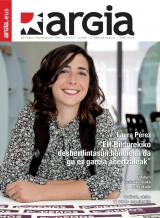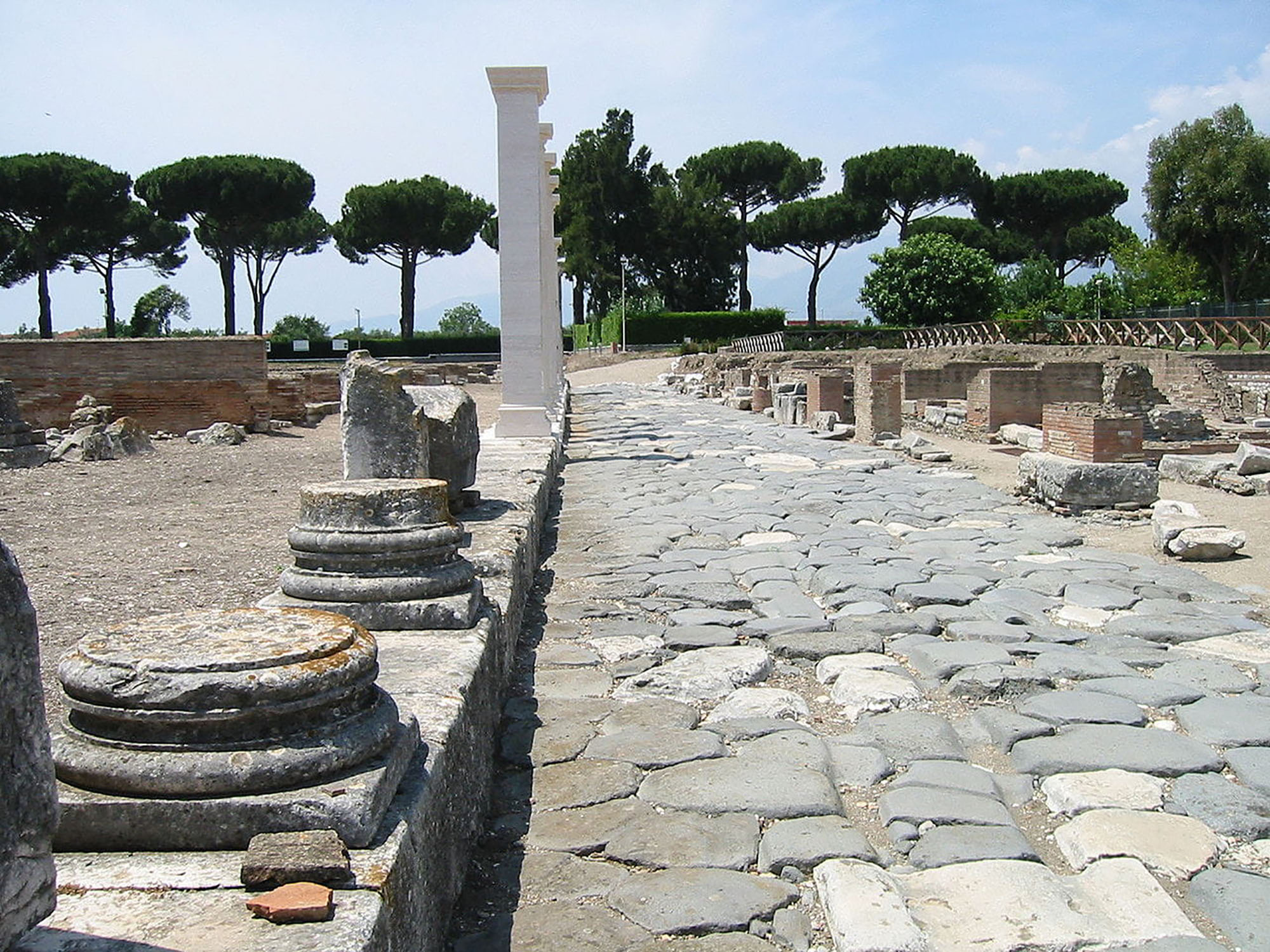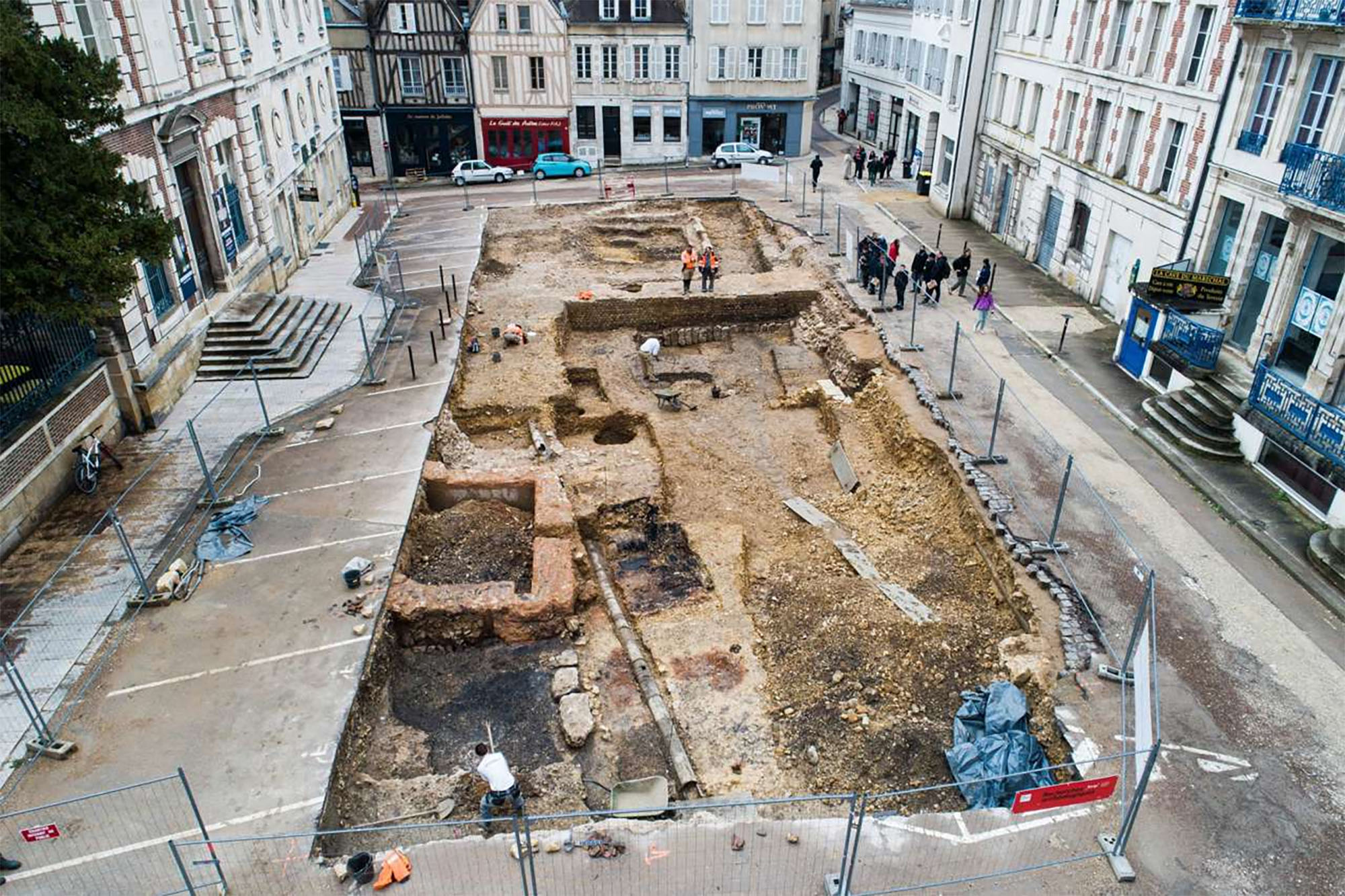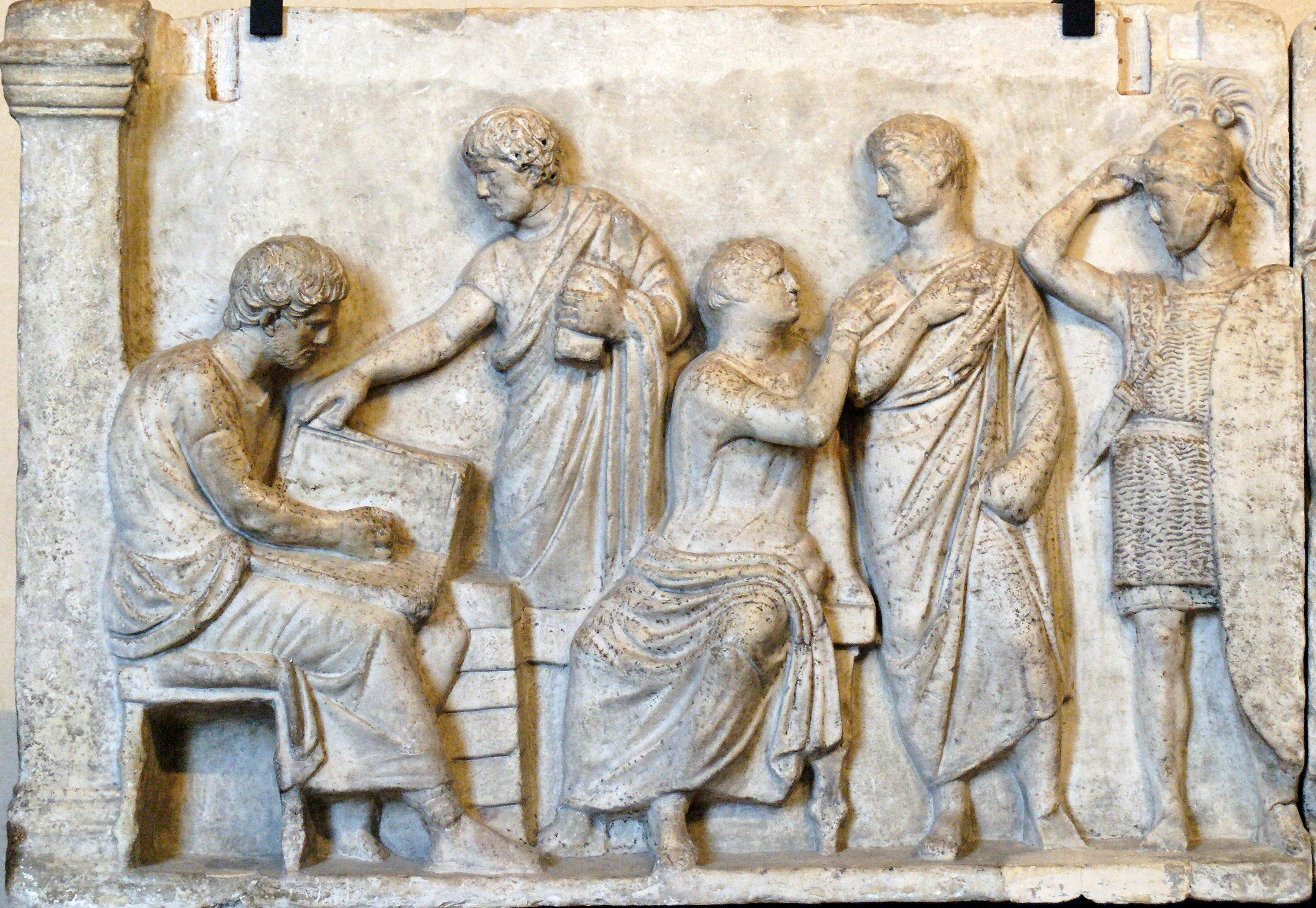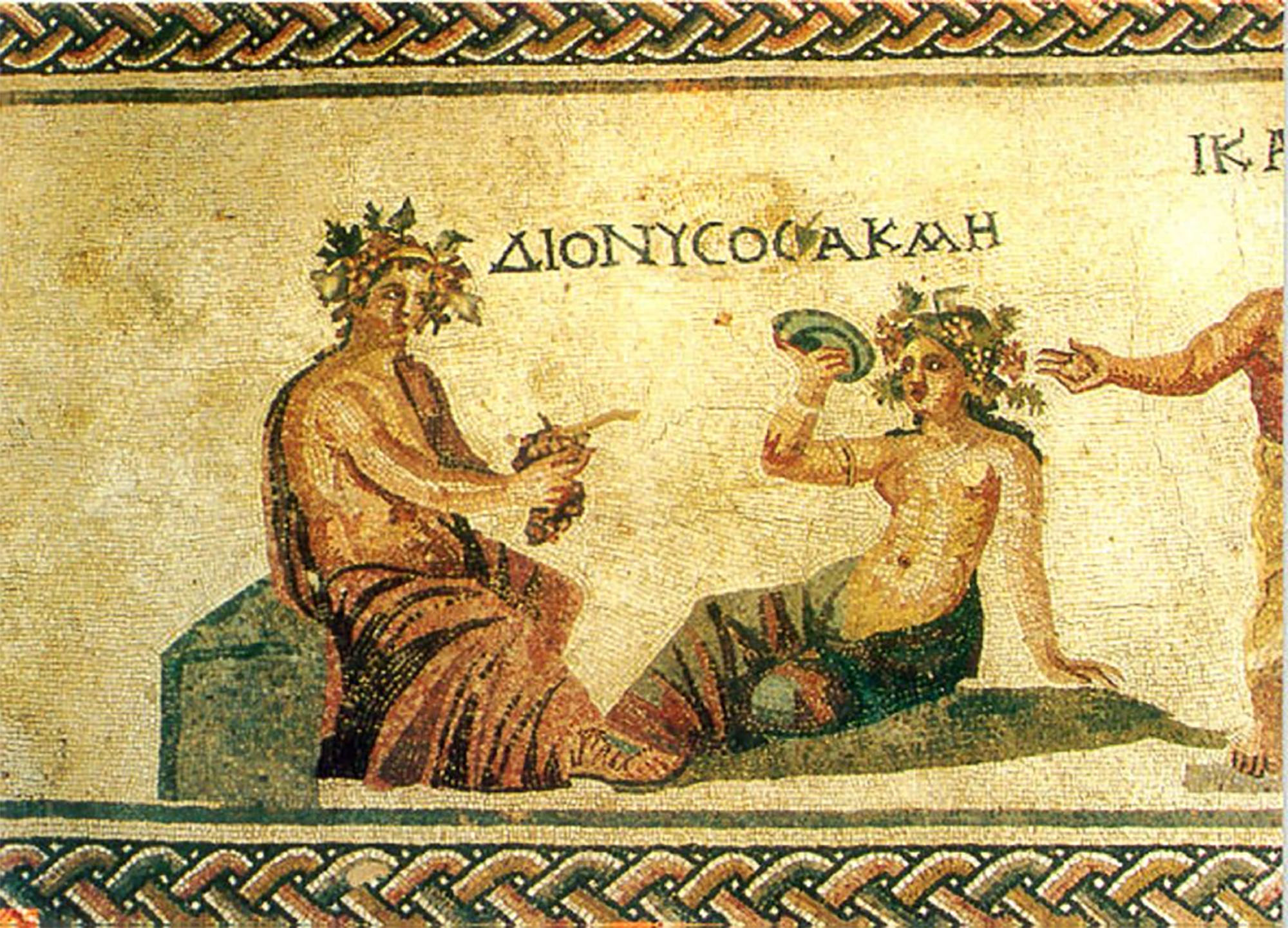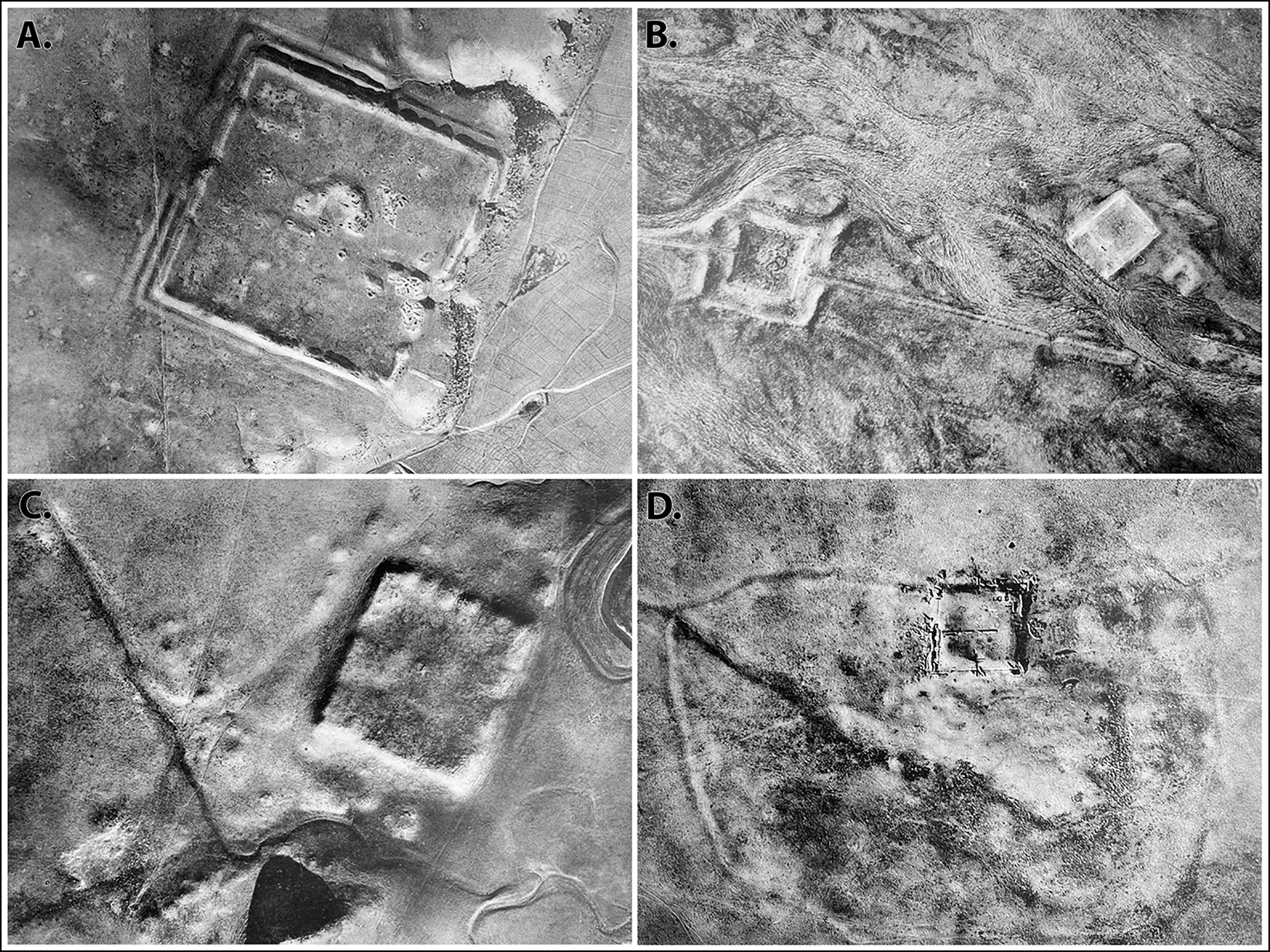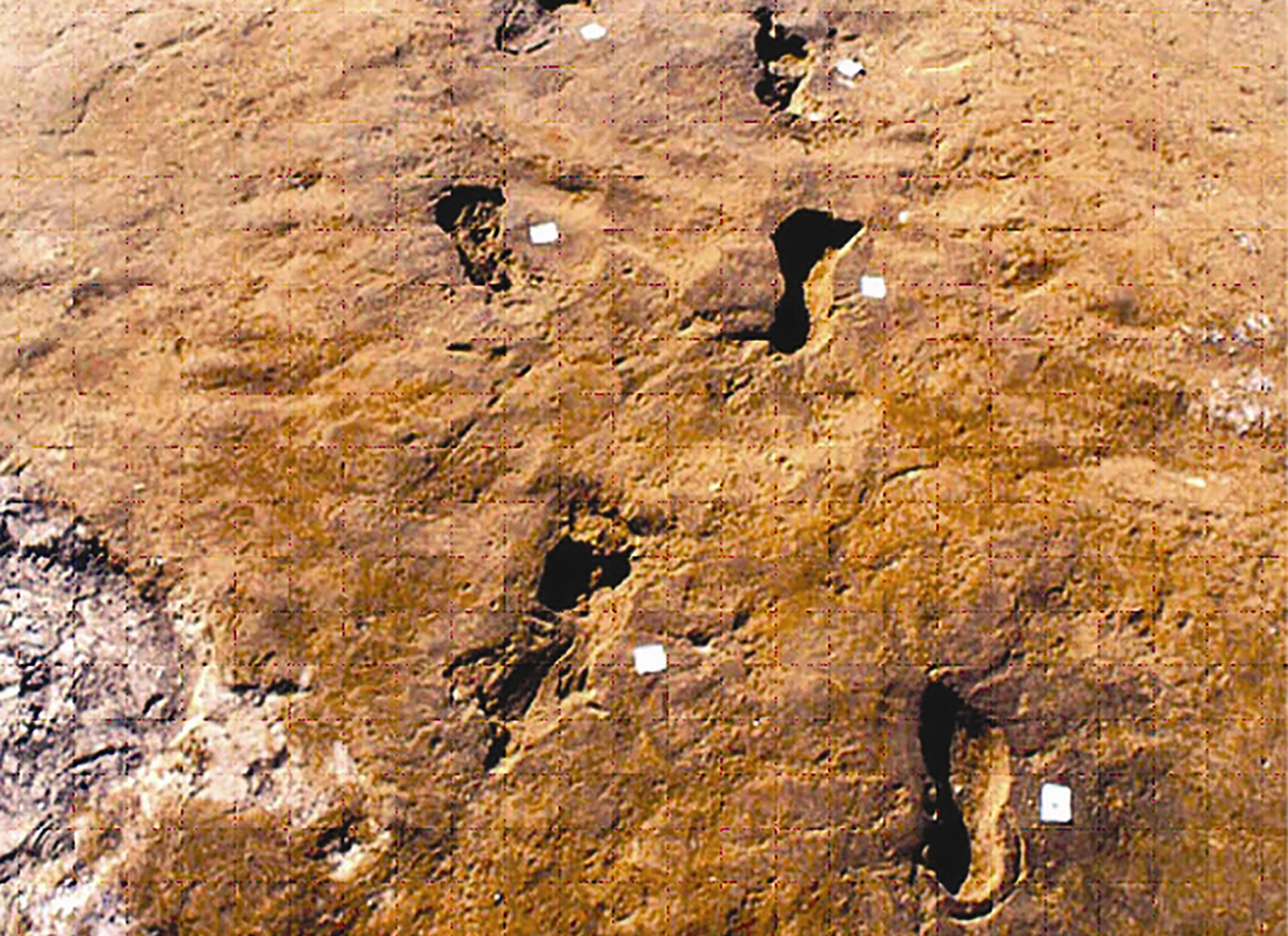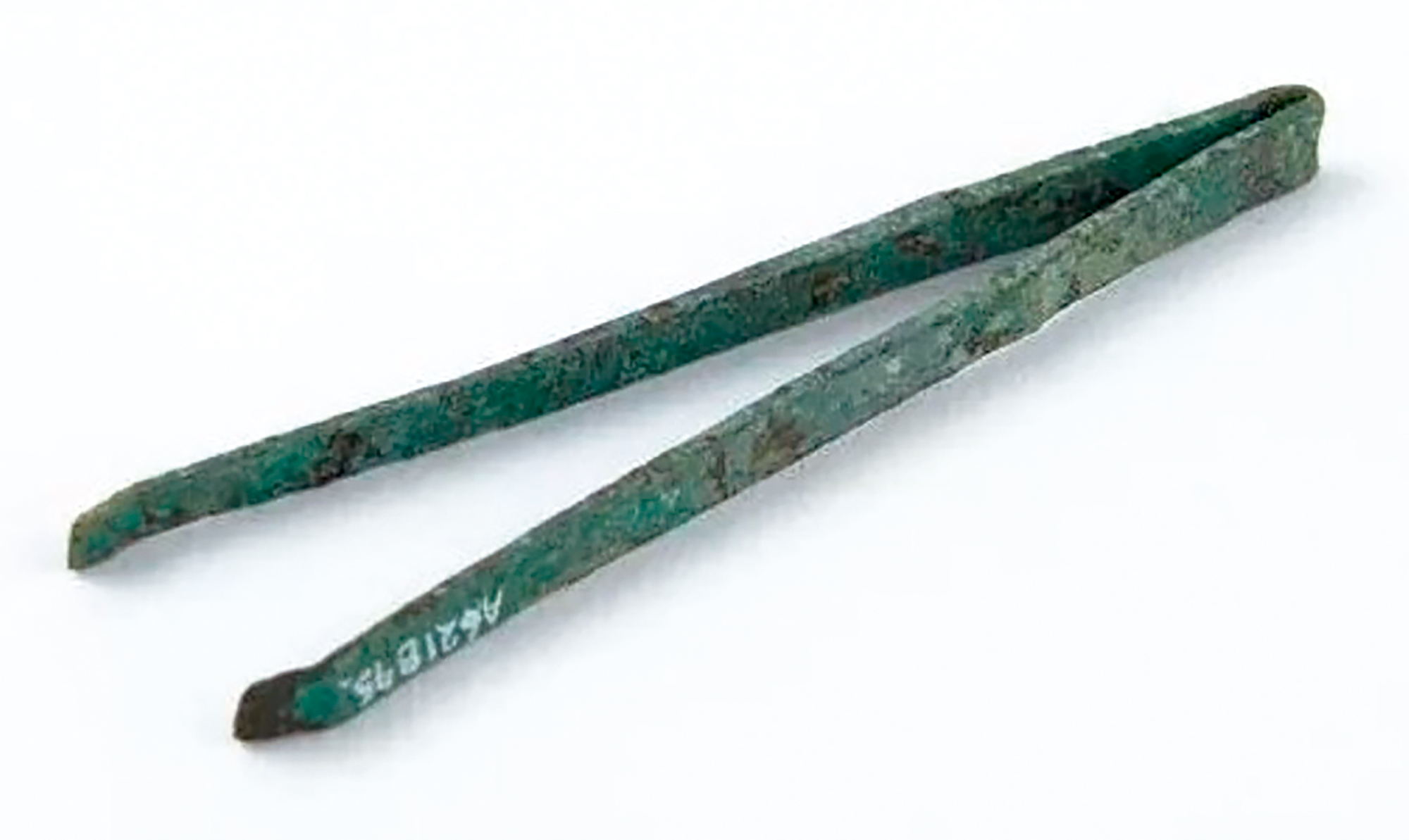Fracking in the Roman Empire
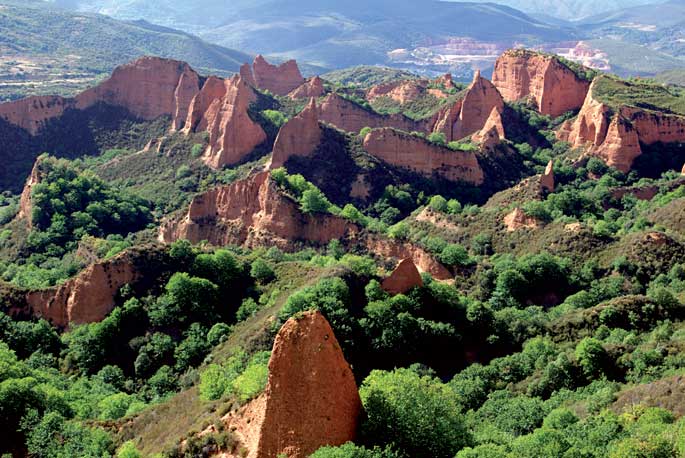
Metulae (Hispania), c. 26. Emperor Octavio Augusto needed money to fund the campaign he was conducting against the tribes of the northern Iberian Peninsula and ordered the mining area to be exploited as effectively as possible in the present province of León. To do so, they would use the method of plummeting ruin montium, much faster than the traditional mining system.
Once the mine was located, several holes and tunnels were excavated and, deviating the course of the rivers, violent flows were poured through those deposits. The air in the streak net, compressed, burst. This caused the land to sink rapidly, and so precious metals were exposed and much more accessible. With this system, the Romans extract 1,500 tons of gold in the Las Médulas area in Spanish.
The influence of the Ruina montium method on the environment did not concern the ancient Romans, and in addition, the earthquakes produced by this mining technique were not directly linked to the activity, for which seismic activity was a divine phenomenon. However, the damage was by no means the same as that produced by the current fracking. Despite digging a larger number of holes, they had a much smaller depth. And through the holes, they would pour no more than water, that is, they would not pour toxic chemicals and, therefore, they would not contaminate aquifers.
It cannot be denied that aesthetically the result of the activity was a unique and singular landscape; in 1997 UNESCO declared The World Heritage Sites. However, the beautiful landscape was not only sculpted by the sacrifice of nature, but thousands of slaves died in the mine. Pliny the Elder (c. 23-79) The temerity of the method he collected in volume 33 of Naturalis History: “It’s more dangerous to extract gold from these lands than to search for pearls and purple at the bottom of the sea.”
A group of interdisciplinary researchers from the Free University of Berlin and the Zuse Institute have developed a complex mathematical model to better understand how Romanization spread in North Africa.
According to a study published in the journal Plos One, the model has... [+]
Although it was thought that in most of the cities of the Roman Empire there were jails, little remains have been found of the prisons of the time in the fields.
Recently, however, the archaeologist at the University of Copenhagen, Matthew Larsen, has identified the Roman... [+]
Rome, towards the year 100 d. C. The poet Juvenal received the X. In Satira: “For a long time, particularly since we have to sell the vote, this people has lost interest in politics. Before, the head, the lots, the legions and, after all, they gave it all, but now they let it... [+]
This winter the archaeologists of the INRAP (National Institute of Preventive Archaeological Research) have found a special necropolis in the historic centre of Auxerre (French State), a Roman cemetery for newborn babies or stillbirths. - Oh, good! The necropolis used between... [+]
Rome, a.C. 443. Censors were elected for the first time. Two centuries later it would be the most important magistrature of the Republic. Every five years, they chose two censors among consular senators.
It was a position of great responsibility: they were primarily responsible... [+]
It has been considered that the wine drank by the ancient Romans was a poorly made wine, without body and with an unpleasant taste. But the work that researchers at the universities of Ghent and Warsaw have published in Antiquity has provoked the withdrawal of this belief.
The... [+]
To analyse the political situation in today ' s world we often do not use the history of the Roman era. I guess it will be because it seems too old and too far away. Moreover, among such different things, we find it difficult to empathize with the history there... [+]









